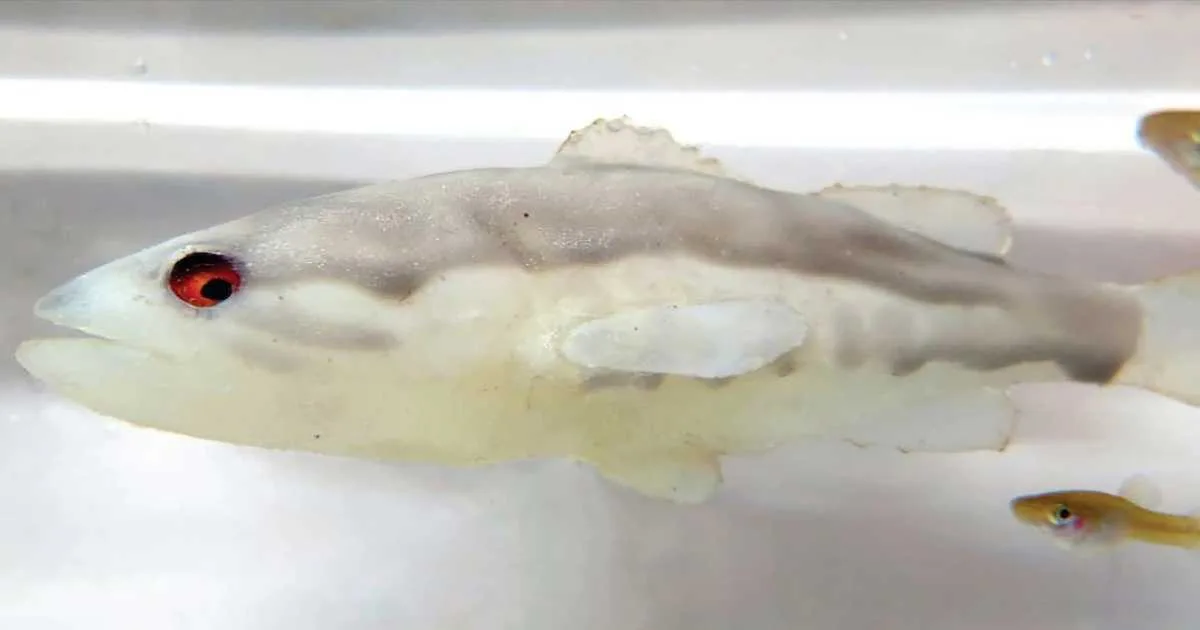A century-old problem may be solved by fear-dealing robots disguised in largemouth bass.
According to a study published Dec. 16, by iScience, a robot that looks and behaves like a largemouth Bass is effective in preventing mosquitofish eating vulnerable tadpoles. The robotic fish could prove to be a major breakthrough for ecosystems around the world that are being threatened by mosquitofish, considering they have been a worldwide pest in the past 100 years.
Gambusia, also known as mosquitofish were introduced to Australia 100 years ago in order to fight mosquitoes. This species is now one of Australia’s greatest freshwater threats.
What is the secret to the problem of the mosquitofish? Naturally, it’s humans’ fault.
Mozzies were a problem in the 1900s. Modern mosquito repellents were still a half century away. So a species of Gambusia, which preys on the larvae of these pesky insects, was introduced to many areas around the globe as a mosquito-control agent. This is how the name mosquitofish was born.
Problem is that mosquitofish don’t just eat larvae of mosquitoes. These tiny fish are able to eat larvae of any kind. Scientists may now have a solution.
The robot was designed by scientists to look and act like the largemouth bass, a natural predator of mosquitofish. The robot uses “computer Vision” to detect mosquitofish approaching tadpoles and then moves in to scare them away.
“Invasive species are a huge problem worldwide and are the second cause for the loss of biodiversity,” said the study’s first author, Giovanni Polverino of the University of Western Australia. “Hopefully, our approach of using robotics to reveal the weaknesses of an incredibly successful pest will open the door to improve our biocontrol practices and combat invasive species.”
Scientists set up tanks with mosquitofish and tadpoles to conduct the experiment. The robot was then introduced into the tanks. The robot proved to be effective in scaring the mosquitofish away. Over the course of five weeks, the robot caused anxiety in the mosquitofish, which led to changes in their behavior, biology, and fertility. The robot made the mosquitofish more interested in fleeing than reproducing.
“While successful at thwarting mosquitofish, the lab-grown robotic fish is not ready to be released into the wild,” said the study’s senior author, Maurizio Porfiri of New York University.
So while the results of the study are promising, the team still has a few technical hurtles to overcome. But this novel approach to combating invasive marine life could be the beginning to the end of the world’s mosquitofish headache.







